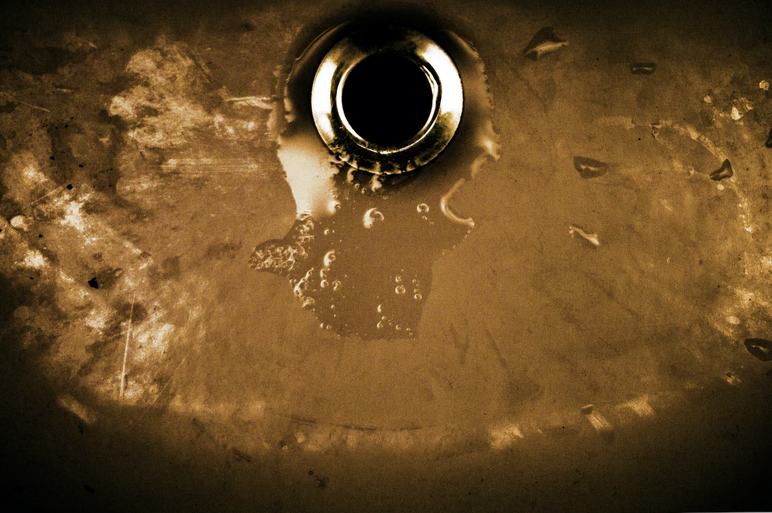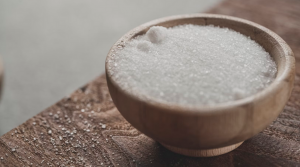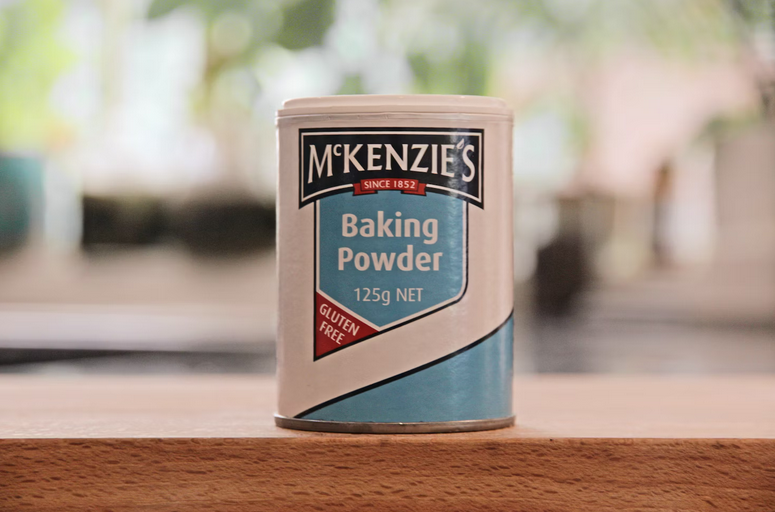From Clogged to Clear: Effective DIY Methods to Unclog Your Drain

Is there anything worse than a clogged drain? It’s like the universe conspiring against you, refusing to let that water flow freely. But fear not. Before you call in a pricey plumber or resort to drastic measures, there are several effective DIY methods to unclog your drain. But if you have decided hiring proto hires, you should check out drain cleaning philadelphia. On the other hand, with just a few simple ingredients and tools, you can tackle even the most stubborn blockages and restore your drains to their former glory. So roll up your sleeves and get ready to say goodbye to clogs with these tried-and-true techniques.
Baking Soda and Vinegar
One effective DIY method to unclog your drain is by using a combination of baking soda and vinegar. This dynamic duo can work wonders in breaking down stubborn clogs and clearing your pipes. To start:
- Pour about half a cup of baking soda down the drain.
- Follow this up with an equal amount of vinegar. The mixture will create a fizzing reaction that helps to loosen debris and break apart the blockage.
- Let the baking soda and vinegar sit in the drain for about 15 minutes, allowing it time to work its magic.
- Flush the drain with hot water to help wash away any remaining residue.
Wire Hanger
When faced with a stubborn clog in your drain, sometimes the simplest tools can be the most effective. One such tool that you may already have lying around your home is a wire hanger. Yes, it’s not just for hanging clothes anymore! The flexible and sturdy nature of a wire hanger makes it perfect for reaching deep into your drains and dislodging any blockages. Simply straighten out the hanger, leaving a small hook at one end to grab onto debris or hair. Carefully insert the hooked end of the hanger into the drain and gently twist and push until you feel resistance. Be careful not to damage your pipes while doing this. Once you’ve reached the source of the clog, use quick back-and-forth motions to loosen and remove it.
Plunger
The trusty plunger is often the go-to tool for unclogging drains. With its simple design and powerful suction, it can effectively dislodge stubborn blockages. To use a plunger, make sure there is enough water in the sink or toilet bowl to cover the rubber cup of the plunger. Place the plunger over the drain opening and push down firmly, creating a seal. Then, quickly pull up on the handle to create suction and loosen the clog. Repeat this plunging motion several times until you feel resistance give way.
Salt and Baking Soda
 Salt and baking soda are two common household ingredients that can also be used to unclog drains effectively. To use salt and baking soda:
Salt and baking soda are two common household ingredients that can also be used to unclog drains effectively. To use salt and baking soda:
- Start by pouring a half cup of salt down the drain followed by a half cup of baking soda.
- Let it sit for about 15 minutes to allow the mixture to work its magic on breaking down any clogs or blockages.
- After the waiting period, pour boiling water down the drain to flush out the loosened debris.
The combination of salt and baking soda helps break up grease and grime while deodorizing your drain at the same time. The abrasive texture of salt helps scrub away any residue, while baking soda helps neutralize odors caused by food particles and other organic matter. Together, they create a powerful DIY solution for unclogging drains without resorting to harsh chemicals.
Conclusion
By trying these simple yet effective DIY methods, you might be surprised at how easy it is to unclog your drain without spending money on professional services or harmful chemicals. However, keep in mind that these methods may not work for every type of clog or plumbing issue. If none of these techniques seem to solve your problem, it’s best to seek assistance from an experienced plumber who can diagnose and fix any underlying issues causing repeated clogging. We hope that you have found this blog post helpful.




